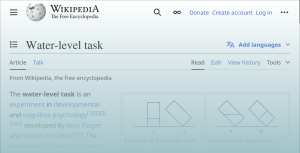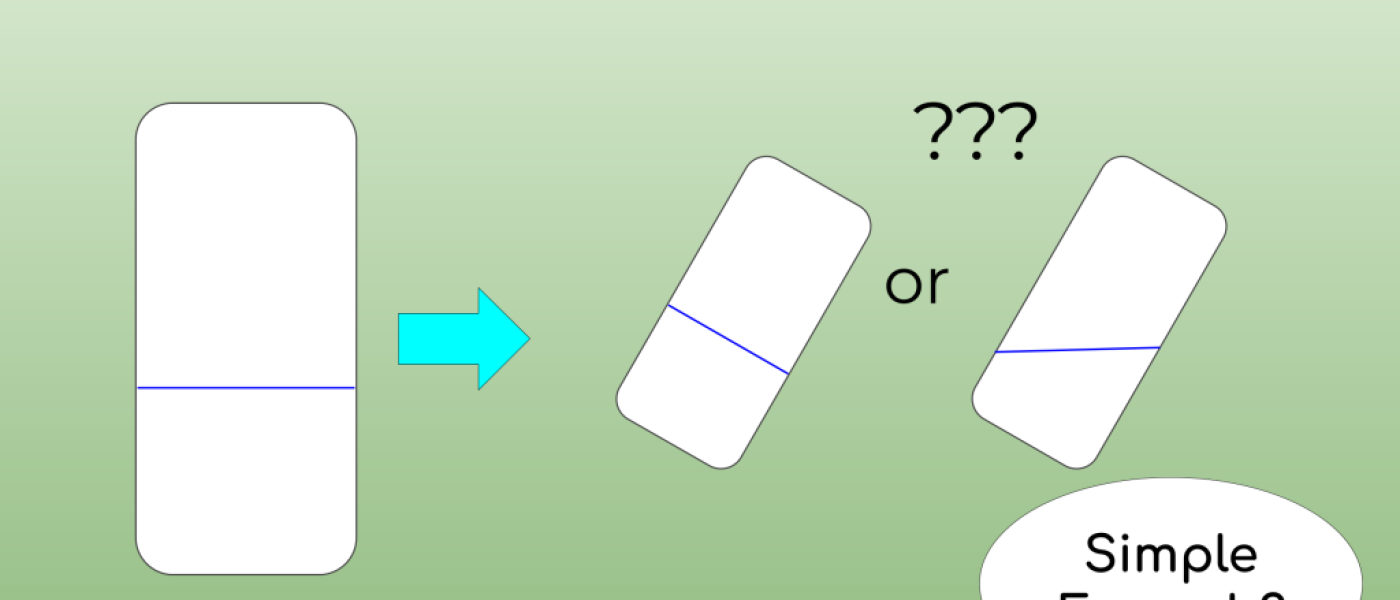Forget elaborate puzzles or complex equations. One deceptively simple drawing – a tilted bottle – has offered profound insights into how we grasp fundamental physical principles and even sparked debate about cognitive differences. This seemingly straightforward “Water Level Task” reveals surprising variations in our ability to visualize something as basic as the unwavering horizontal surface of water.
- Water Level Task: A psychological assessment of spatial reasoning and understanding of gravity’s effect on liquids.
- Piaget & Inhelder: The researchers who originally developed the Water Level Task to study cognitive development in children.
- Socialization: A potential factor influencing observed gender differences in performance on spatial tasks like the Water Level Task.

The Water Level Task: Assessing Spatial Reasoning
The Water Level Task is a classic psychological test designed to measure an individual’s ability to mentally represent and understand the effects of gravity on a liquid’s surface. Participants are typically shown a drawing of a container, often a bottle or jar, partially filled with water.2 They are then presented with the same container tilted at various angles and asked to draw a line indicating the new water level. The task assesses the understanding that water will always remain horizontal due to gravity, regardless of the container’s orientation.3
Origin and Initial Findings
Developed by Jean Piaget and Bärbel Inhelder, this task was originally used to study the development of spatial reasoning in children. Their research indicated that younger children often struggled with the concept, frequently drawing the water level parallel to the tilted container. They found the ability to consistently represent the water level as horizontal typically developed during the concrete operational stage (i.e. around 9-12 years of age). Interestingly, later studies applying the task to college students revealed a significant number who still made errors, suggesting that mastery of this seemingly simple concept isn’t always fully achieved in adolescence.
Gender Differences and Socialization
Research has often shown that adult males tend to perform better on the Water Level Task than adult females. However, while some early interpretations leaned towards biological explanations for this difference, a growing body of evidence suggests that socialization patterns play a significant role. Differences in experiences, such as engagement with spatial toys and activities during childhood, may contribute to the observed disparities. It’s plausible that societal expectations and gendered learning opportunities, rather than inherent biological factors, influence the development of the specific spatial reasoning skills tapped by this task.












